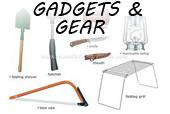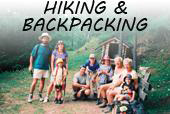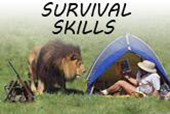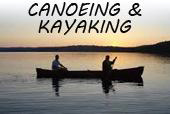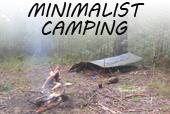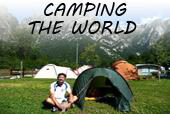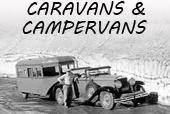Building your own camper van is a great way of creating your own custom made leisure vehicle without having to pay the high prices of professional conversions. Creating such a vehicle is not as difficult as you might think.
Having your own camper van offers the freedom to go camping and exploring in luxury. It’s much more convenient that a car and tent or a caravan, as you can simply put everything away and drive to your next destination, without having to pack away a tent or prepare a caravan for the road.
Professional camper van conversions cost a lot of money because as well as the price of the empty vehicle, the conversion company have to cover the cost of the materials, the labor and make a profit. Because camper vans are sold in reasonable small numbers they are not mass produced and so prices are high. Even used models many years old still command a high price.
Building your own camper van is a great way of owning a camper van without having to spend a lot of money buying one. If you have DIY experience, have some mechanical experience or you are confident at constructing things you should be able to design and build a great camper van that is tailored for your needs. If you little experience at any of the fields don’t worry, you can still out together a good vehicle.
One of the most important factors is to establish your budget before your start. Don’t keep building until you run out of money, as the unfinished vehicles can sit on the drive for a long time waiting to be completed. Set you budget – an amount for the empty vehicle, an amount for the fittings you will fit, an amount for insurance, and an amount to at least give it a test run once it is finished.
The best home made camper van conversions are better than those one can buy professionally. With every luxury you could imagine, but they always cost a lot to build. However, I have seen excellent budget home conversions completed in a weekend, comprising of a futon in the back of the van, some simple furniture secured to the walls, curtains, a little carpet and a camping stove for cooking.
The first phase is to consider carefully what you will use the vehicle for, and who will use it. If you are going to occasionally go to beaches, lakes and parks and simply sleep in the vehicle you should buy a small van and keep the fittings simple. If you are going to use the vehicle for sports such as surfing or kayaking then you need to factor in storage for your equipment. If you have 5 children when obviously sleeping and seating quarters are you first priority. Choose which length of vehicle and what height suits you best. Short vehicles are easy to drive and park, but longer ones offer more space. Lower vehicles are more fuel efficient and can pass under most height restrictions, but you wont be able to stand in them. High top vans allow almost anyone to stand in them.
The second phase is to buy the base vehicle. A panel van, such as those used for deliveries are the best vehicles for most people. In Europe vehicles such as Mercedes Sprinters, Ford Transits and Fiat Ducatos are some of the best vehicles. Good Japanese vehicles include the Toyota Hiace. Larger vehicles, such as those with box backs are good for those needing more room. Smaller vans are good for solo travelers.
The third phase is to plan the internal fixtures. Things to consider are how much seating you need, how many beds are require, whether you want to be able to cook inside, whether you need to store large items like sporting gear or bicycles. Once you have agreed on the plan you need to start collecting materials and constructing the internal fixtures.
Items such as electrical wiring, wall insulation, wall panels, ceiling materials, flooring, seating and storage all need to be prepared in the correct order, otherwise disaster can raise its head.





